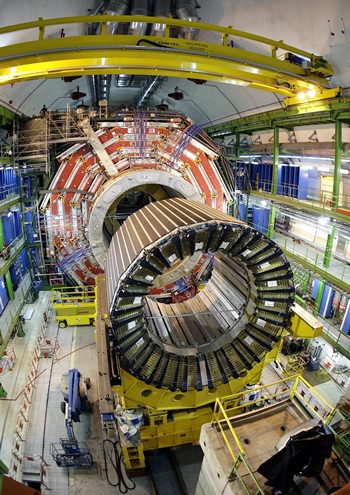Washington (AP) – Eight months after raising hopes that they may have found an intriguing new particle that cannot be explained by the existing main physics theory, disappointed scientists are saying: Never mind.

It was just a statistical burp, not a breakthrough, researchers reported Friday.
“Basically we see nothing,” said Tiziano Camporesi, a chief scientific spokesman at the European Center for Nuclear Research.
Early unconfirmed readings of a new particle in December by physicists at the center, called CERN, set the physics world abuzz. Scientists there had discovered the Higgs boson or “God particle” in 2012, and two new readings from the Large Hadron Collider made it seem as though they may had found a revolutionary new particle.
In the months that followed, scientists pored over more data from high-speed atom crashes while theorists tried to figure out what it all means. But the new data ruled out any particle existing at the energy level they had been looking at.
At a Chicago physics conference, Dave Charlton, another CERN chief scientific spokesman, said the additional data showed that what they had seen earlier was just a random “statistical fluke.”
California Institute of Technology physicist Sean Carroll, who wasn’t part of the CERN team, said: “It’s a shame there wasn’t a particle there, but there aren’t any big ideas that would rise or fall on it being there.”
The Large Hadron Collider is operating beyond expectations in its second extended run – which is still going on – and is providing more data than expected, Charlton and Camporesi said. Physicists from CERN presented more than 50 new results, but none of them are breakthrough findings that would change current theory.
“Stay tuned, I don’t think we have lost hope yet,” Camporesi said.




